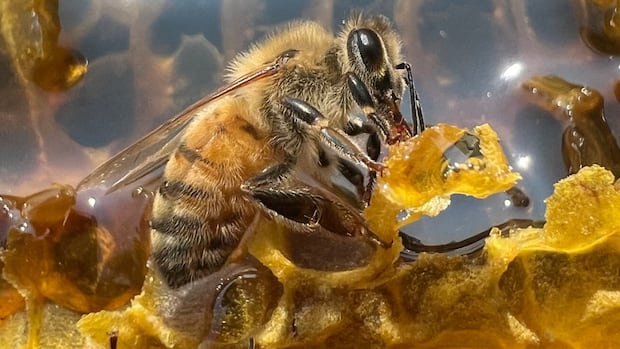What to look forward to in space in 2025

As we reflect on the incredible astronomical events of 2024, we eagerly anticipate what 2025 has in store for us. From meteor showers to eclipses, lunar missions to exciting flybys, the year ahead promises to be full of wonder and discovery.
One of the first celestial events to look forward to in 2025 is the Quadrantid meteor shower. Known for producing up to 120 meteors per hour at its peak, this shower will dazzle observers on the night of January 2-3. With a relatively low moonlight interference, viewers can expect a spectacular show under clear skies.
Following the Quadrantids, the much-anticipated Perseid meteor shower will light up the night sky in August. While the moon may wash out some of the fainter meteors, this summer shower remains a favorite among stargazers for its warm weather and abundance of shooting stars.
In terms of eclipses, 2025 will bring a total lunar eclipse on March 13-14, offering skywatchers a chance to witness the moon fully immersed in Earth’s shadow. While solar eclipses may be out of reach for Canadians this year, there will be opportunities to witness partial solar eclipses in other parts of the world.
Lunar missions will take center stage in 2025, with NASA’s Commercial Lunar Payload Services (CLPS) program leading the way. From Blue Ghost 1 to Intuitive Machines’ PRIME-1, these missions will pave the way for the Artemis lunar missions, which aim to return astronauts to the moon for the first time since 1972.
In addition to lunar missions, spacecraft like Europa Clipper and Hera will make flybys of Mars, providing valuable data and images of the Red Planet. These missions will not only enhance our understanding of Mars but also serve as stepping stones for future exploration of the solar system.
On the horizon, SpaceX continues to test its Starship spacecraft, Tianwen-2 embarks on a mission to study an asteroid, and Destiny+ sets its sights on asteroid 3200 Phaethon, the source of the Geminid meteor shower. With the sun showing increased activity, we can also look forward to more displays of the northern lights throughout the year.
As we embark on a new year filled with celestial wonders and scientific discoveries, let us remember the beauty and vastness of the universe that surrounds us. With each new mission and event, we come closer to unraveling the mysteries of space and expanding our knowledge of the cosmos. Here’s to a year of cosmic exploration and awe-inspiring discoveries in 2025.




